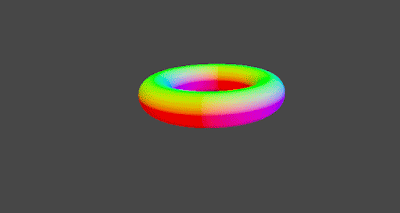We have finally launched the last episode for this season!
I am very happy to be working with such an amazing team with people coming from all around the globe! Also I'm very thankful to all my team, for giving me the oportunity to Lead this aspect of the project (L)
Here is a sumary of all the episodes I worked on:
As Lead Render Technical Director:
S4E26 - https://www.youtube.com/watch?v=6_77CGw9yLE
S4E25 - https://www.youtube.com/watch?v=jUBizaj-dZg
S4E24 - https://www.youtube.com/watch?v=cLtJ-F0Fj9A
S4E23 - https://www.youtube.com/watch?v=DhC8v3ghz2U
S4E22 - https://www.youtube.com/watch?v=FIAfVquKgEU
S4E21 - https://www.youtube.com/watch?v=cyQR0Iz0Uqo
S4E20 - https://www.youtube.com/watch?v=ER085wVbxz0
S4E19 - https://www.youtube.com/watch?v=21xZj2zqhB0
S4E18 - https://www.youtube.com/watch?v=OdI3WlAlZiU
S4E17 - https://www.youtube.com/watch?v=JhM6UIMy440
S4E16 - https://www.youtube.com/watch?v=pKWP5Hl5ETI
S4E15 - https://www.youtube.com/watch?v=Eb4RooyW11M
S4E14 - https://www.youtube.com/watch?v=f2vbxkC3fos
S4E13 - https://www.youtube.com/watch?v=R8N-PKiyGpM
S4E12 - https://www.youtube.com/watch?v=C3A9nVPMiJo
S4E11 - https://www.youtube.com/watch?v=95DI0d2ZBwA
S4E10 - https://www.youtube.com/watch?v=TIZh-Z5tRfw
S4E09 - https://www.youtube.com/watch?v=R_ByP_XAk9o
S4E08 - https://www.youtube.com/watch?v=_vcpgDBzWyc
S4E07 - https://www.youtube.com/watch?v=ShtmFVyC30s
As Render Technical Director
S4E06 - https://www.youtube.com/watch?v=UhYzH0AX04Y
S4E05 - https://www.youtube.com/watch?v=NMnp59svjcU
S4E04 - https://www.youtube.com/watch?v=NweGGxGAb7c
S4E03 - https://www.youtube.com/watch?v=oF3aQHtoCB0
S4E02 - https://www.youtube.com/watch?v=M9nnuY_42cM
S4E01 - https://www.youtube.com/watch?v=qvzH2DFjjUY


